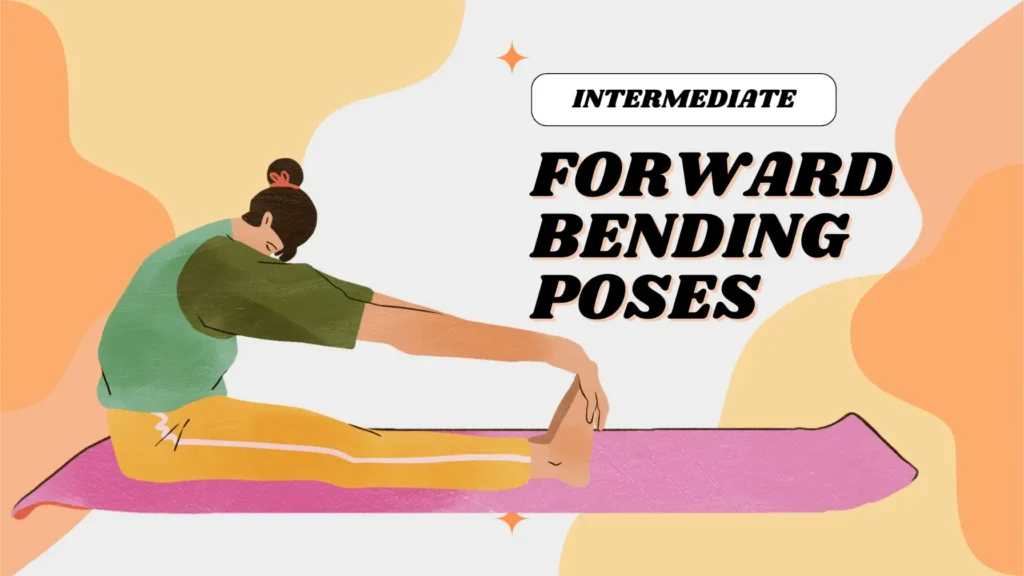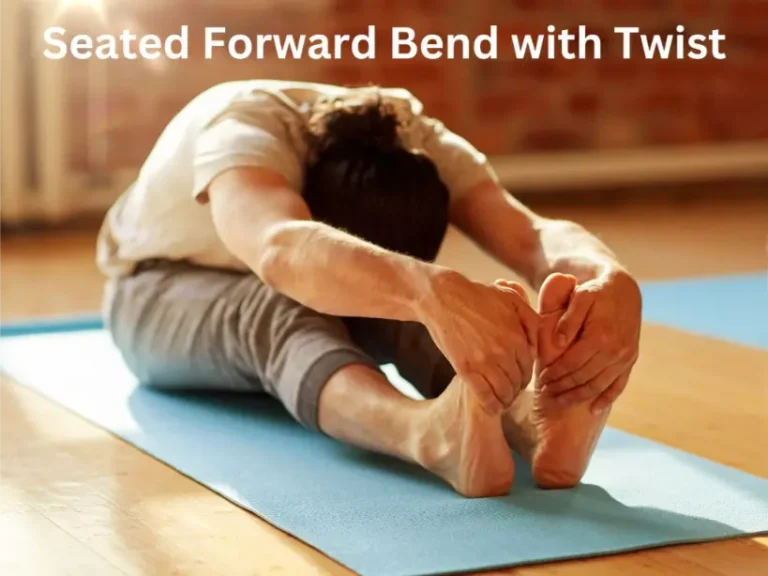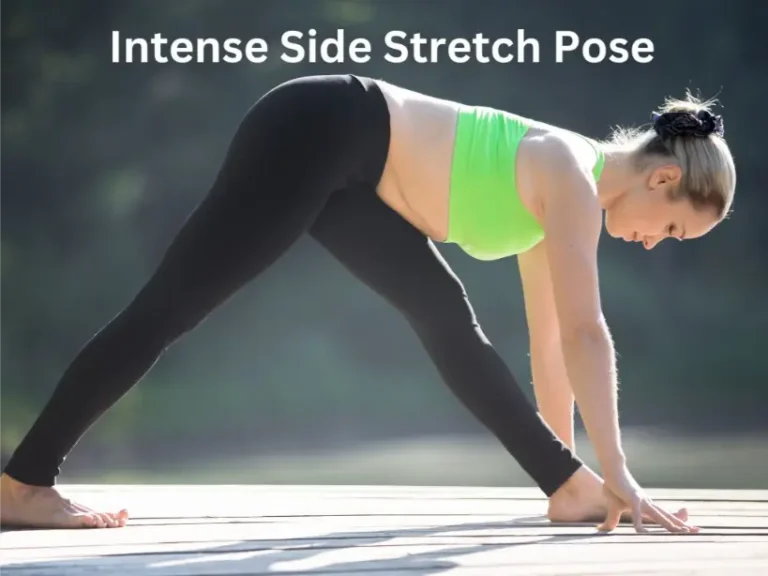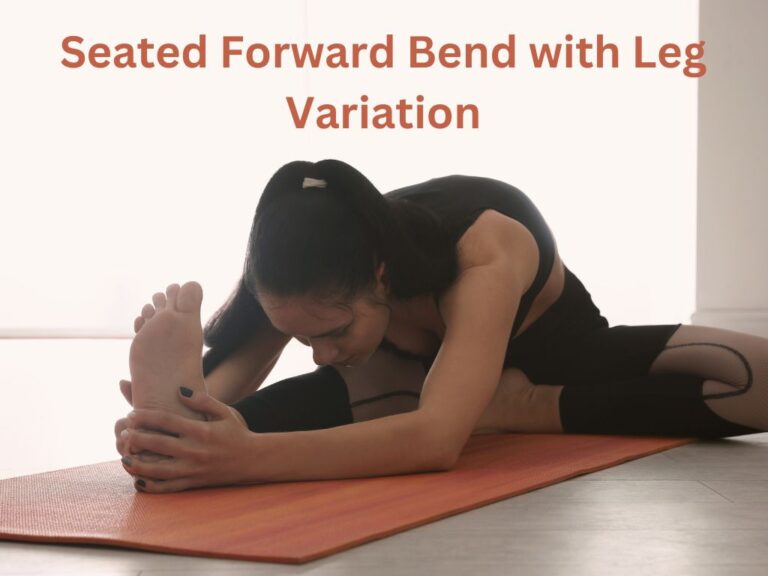
Deepening the Journey: Intermediate Forward Bending Yoga Poses for Progressive Practice
Table of Contents
As practitioners advance on their yoga journey, delving into intermediate poses offers opportunities for deeper exploration, refinement, and growth. Intermediate forward bending poses, building upon the foundations established in basic practice, delve deeper into flexibility, strength, and mindfulness. In this article, we embark on a journey through intermediate forward bending yoga poses, unveiling their techniques, benefits, and variations.
Exploring Intermediate Forward Bends
Intermediate forward bending poses, known as “Paschimottanasana” in Sanskrit, challenge practitioners to deepen their forward fold, expand their range of motion, and refine their alignment. These poses require increased flexibility in the hamstrings, hips, and spine, as well as greater strength and stability in the core and supporting muscles.
Techniques and Alignment:
1. Seated Forward Bend with Twist (Ardha Matsyendrasana Variation):

- Begin seated with legs extended in front.
- Inhale, lengthen the spine, and exhale, hinge at the hips to fold forward.
- Place the left hand on the outside of the right foot or thigh.
- Inhale, reach the right arm toward the sky, and exhale, twist to the right, placing the right hand on the floor behind you.
- Keep the spine long and the chest open, gazing over the right shoulder.
- Hold the pose for 30-60 seconds, then repeat on the other side.
2. Intense Side Stretch Pose (Parsvottanasana):

- Begin in a standing position at the top of your mat.
- Step the left foot back about three to four feet, keeping the toes pointing forward.
- Square the hips and engage the thighs.
- Inhale, lengthen the spine, and exhale, hinge at the hips to fold forward over the right leg.
- Keep the spine long and the chest open, reaching the hands toward the floor or resting them on blocks.
- Hold the pose for 30-60 seconds, then switch sides.
3. Seated Forward Bend with Leg Variation (Janu Sirsasana Variation):
- Begin seated with one leg extended and the other foot placed against the inner thigh.
- Inhale, lengthen the spine, and exhale, hinge at the hips to fold forward over the extended leg.
- Keep the spine long and the chest open, reaching the hands toward the foot or ankle.
- Hold the pose for 30-60 seconds, then switch sides.

Benefits of Intermediate Forward Bends:
- Deepens Flexibility: Intermediate forward bending poses challenge the body to deepen its flexibility in the hamstrings, hips, and spine, promoting increased range of motion and suppleness.
- Strengthens Core and Back Muscles: Holding these poses requires engagement of the core and back muscles, promoting strength and stability in the torso.
- Enhances Focus and Mindfulness: Intermediate poses encourage practitioners to cultivate greater focus, presence, and awareness, fostering a deeper connection between body, breath, and mind.
- Stimulates Digestion and Detoxification: Forward bending poses compress the abdomen, stimulating digestive organs and promoting detoxification and elimination of waste.
- Calms the Nervous System: The gentle inversion in forward bends soothes the nervous system, promoting relaxation and reducing stress and anxiety.
Variations and Progressions:
Extended Hand-to-Big-Toe Pose (Utthita Hasta Padangusthasana): Advanced practitioners can explore variations of forward bending poses by extending one leg upward while in a seated forward fold, holding the big toe with the hand.
Revolved Head-to-Knee Pose (Parivrtta Janu Sirsasana): Intermediate practitioners can deepen their practice by adding a twist to seated forward bends, bringing one hand to the outside of the opposite foot and twisting the torso to gaze over the shoulder.
Arm Balance Transitions: Advanced practitioners can challenge themselves by incorporating arm balances into forward bending sequences, such as transitioning from a seated forward fold into Crow Pose (Bakasana) or Eight-Angle Pose (Astavakrasana).
Conclusion:
Intermediate forward bending yoga poses invite practitioners to deepen their practice, explore new boundaries, and cultivate greater awareness and presence on the mat. By embracing the challenge of these poses with an open heart and mind, practitioners can unlock new levels of flexibility, strength, and mindfulness. Whether you’re seeking to deepen your practice or explore new horizons, integrating intermediate forward bending poses into your yoga routine offers a transformative journey of self-discovery and growth. As you explore the depths of these poses, may you find strength, flexibility, and inner peace on your path toward holistic well-being.